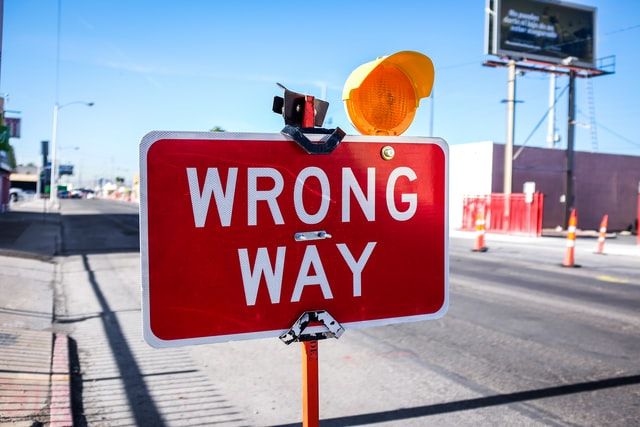Negativity bias: how negative experiences cloud our judgement

Parent Post
Hardwired for negativityWe don’t
Hardwired for negativity
We don’t pay attention to all events and our corresponding emotional reactions in the same way. One negative event can taint an overall good day.
The negativity bias makes sense from an evolutionary perspective. Earlier in human history, paying attention to threats was a matter of survival. But today, it can prevent us from thinking clearly and making the right decisions.
How to manage the
How to manage the negativity bias
While the negativity bias is deeply ingrained, it is possible to manage it.
- Pay attention. Be aware of this common bias and try to objectively balance the facts out.
- Make space for self-reflection. Write down your thoughts and feelings.
- Establish positive routines. Whenever you’re replaying a negative event in your head, switch your attention to something positive.
- Use mental models. These help you objectively judge a situation without falling prey to our tendency for risk aversion and loss aversion.
Because of the negativity
Because of the negativity bias:
- We think about negative experiences more frequently than positive ones.
- We remember insults better than praise.
- We recall traumatic events better than positive ones.
The impact of the
The impact of the negativity bias on decision making
We make decisions based on negative information more than positive data. This can lead to risk aversion (Likeness for sure outcomes over higher expected value) or loss aversion (the tendency avoid losses than acquire equivalent gains).
This can have an impact on our decision to pursue a goal or complete a task.
The negativity bias can also cloud our judgement. Negative news is more likely to be perceived as true compared to positive news.

